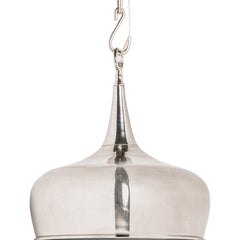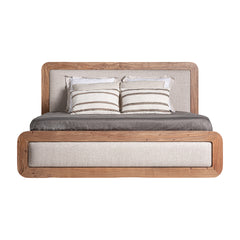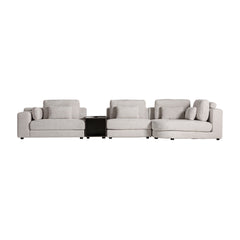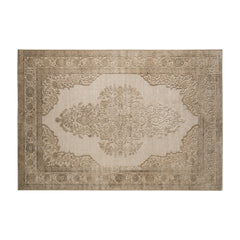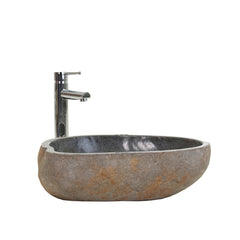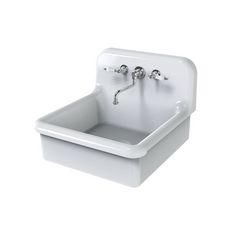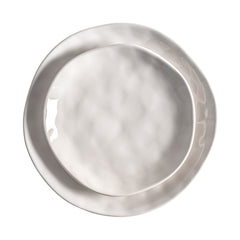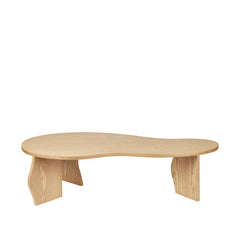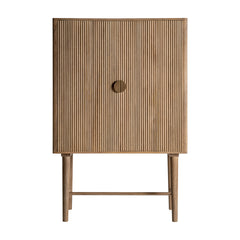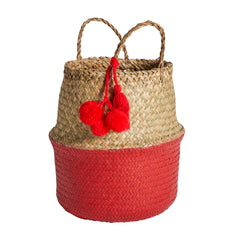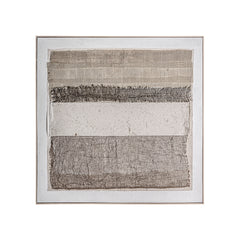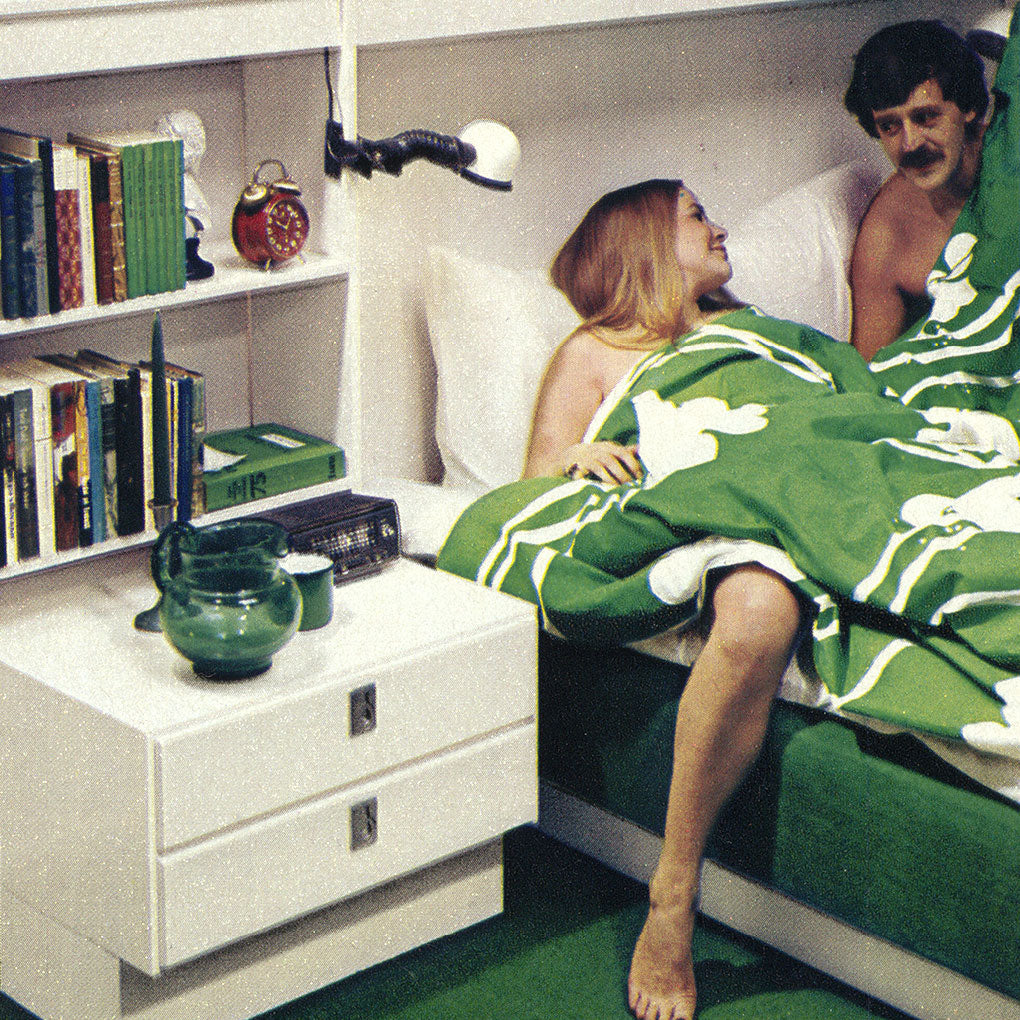How to Take Inspiration from 70s Interior Design — Without Getting Stuck in a Time Capsule

The 1970s were a bold decade for interior design. It was a time of earthy tones, free-spirited expression, tactile materials, and a celebration of imperfection. While some might associate the era with avocado bathrooms and shag rugs gone rogue, there’s a lot to admire—and revive—from this vibrant chapter in design history.
Here’s how to draw inspiration from the 70s in a way that feels intentional, stylish, and totally 2025.
1. Start with the Palette: Warm, Earthy, Rich
The 70s color story is unapologetically warm: burnt orange, golden yellow, olive green, rust, and chocolate brown. These colors create a cozy, inviting atmosphere and pair beautifully with natural materials. For a modern approach:
-
Use deep terracotta or ochre as accent colors on cushions, rugs, or cabinetry.
-
Try a brown velvet sofa paired with cream walls and black trim.
-
Balance bold colors with soft neutrals like tan, ivory, or off-white.
2. Mix Materials Like a Pro
The decade was known for fearless material combinations—wood paneling next to glass, leather with rattan, corduroy on velvet. Today, that same eclecticism can feel curated rather than chaotic:
-
Combine walnut or teak wood with stone, chrome, or smoked glass.
-
Add texture through woven wall hangings, sisal rugs, or boucle upholstery.
-
Embrace imperfections—natural knots in wood or patinaed metal are part of the charm.
3. Bring in the Funk (Subtly)

Yes, the 70s had bold patterns and shapes—psychedelic wallpaper, swooping furniture, and conversation pits. To nod to this vibe without going overboard:
-
Use geometric or abstract prints on a single accent wall or in artwork.
-
Opt for one sculptural piece—like a rounded lounge chair or arc floor lamp—as a statement.
-
Look for curved furniture lines to contrast with today’s straight-edged minimalism.
4. Plants Are Not Optional
The 70s were all about the indoors feeling like outdoors. Spider plants, monstera, hanging planters, and macramé holders were design staples:
-
Incorporate greenery in every room—shelf-top pots, floor-standing plants, or even a vertical garden.
-
Use vintage planters or ceramic pots to keep the retro theme going.
-
Macramé plant hangers? Still cool—if you don’t overdo it.
5. Invest in Vintage or Vintage-Inspired Pieces
Hunting for original 70s design can yield incredible finds—authentic Eames lounge chairs, Danish teak sideboards, or retro lighting. Can’t find originals? Many contemporary brands now offer 70s-inspired furniture with a modern twist.
-
Focus on iconic shapes: low-slung sofas, tulip tables, or mushroom lamps.
-
Blend old and new—pair a vintage chair with a sleek modern coffee table.
The 1970s were a bold decade for interior design. It was a time of earthy tones, free-spirited expression, tactile materials, and a celebration of imperfection. While some might associate the era with avocado bathrooms and shag rugs gone rogue, there’s a lot to admire—and revive—from this vibrant chapter in design history.
Here’s how to draw inspiration from the 70s in a way that feels intentional, stylish, and totally 2025.
1. Start with the Palette: Warm, Earthy, Rich
The 70s color story is unapologetically warm: burnt orange, golden yellow, olive green, rust, and chocolate brown. These colors create a cozy, inviting atmosphere and pair beautifully with natural materials. For a modern approach:
-
Use deep terracotta or ochre as accent colors on cushions, rugs, or cabinetry.
-
Try a brown velvet sofa paired with cream walls and black trim.
-
Balance bold colors with soft neutrals like tan, ivory, or off-white.
2. Mix Materials Like a Pro
The decade was known for fearless material combinations—wood paneling next to glass, leather with rattan, corduroy on velvet. Today, that same eclecticism can feel curated rather than chaotic:
-
Combine walnut or teak wood with stone, chrome, or smoked glass.
-
Add texture through woven wall hangings, sisal rugs, or boucle upholstery.
-
Embrace imperfections—natural knots in wood or patinaed metal are part of the charm.
3. Bring in the Funk (Subtly)
Yes, the 70s had bold patterns and shapes—psychedelic wallpaper, swooping furniture, and conversation pits. To nod to this vibe without going overboard:
-
Use geometric or abstract prints on a single accent wall or in artwork.
-
Opt for one sculptural piece—like a rounded lounge chair or arc floor lamp—as a statement.
-
Look for curved furniture lines to contrast with today’s straight-edged minimalism.
4. Plants Are Not Optional
The 70s were all about the indoors feeling like outdoors. Spider plants, monstera, hanging planters, and macramé holders were design staples:
-
Incorporate greenery in every room—shelf-top pots, floor-standing plants, or even a vertical garden.
-
Use vintage planters or ceramic pots to keep the retro theme going.
-
Macramé plant hangers? Still cool—if you don’t overdo it.
5. Invest in Vintage or Vintage-Inspired Pieces
Hunting for original 70s design can yield incredible finds—authentic Eames lounge chairs, Danish teak sideboards, or retro lighting. Can’t find originals? Many contemporary brands now offer 70s-inspired furniture with a modern twist.
-
Focus on iconic shapes: low-slung sofas, tulip tables, or mushroom lamps.
-
Blend old and new—pair a vintage chair with a sleek modern coffee table.
0 comentarios

